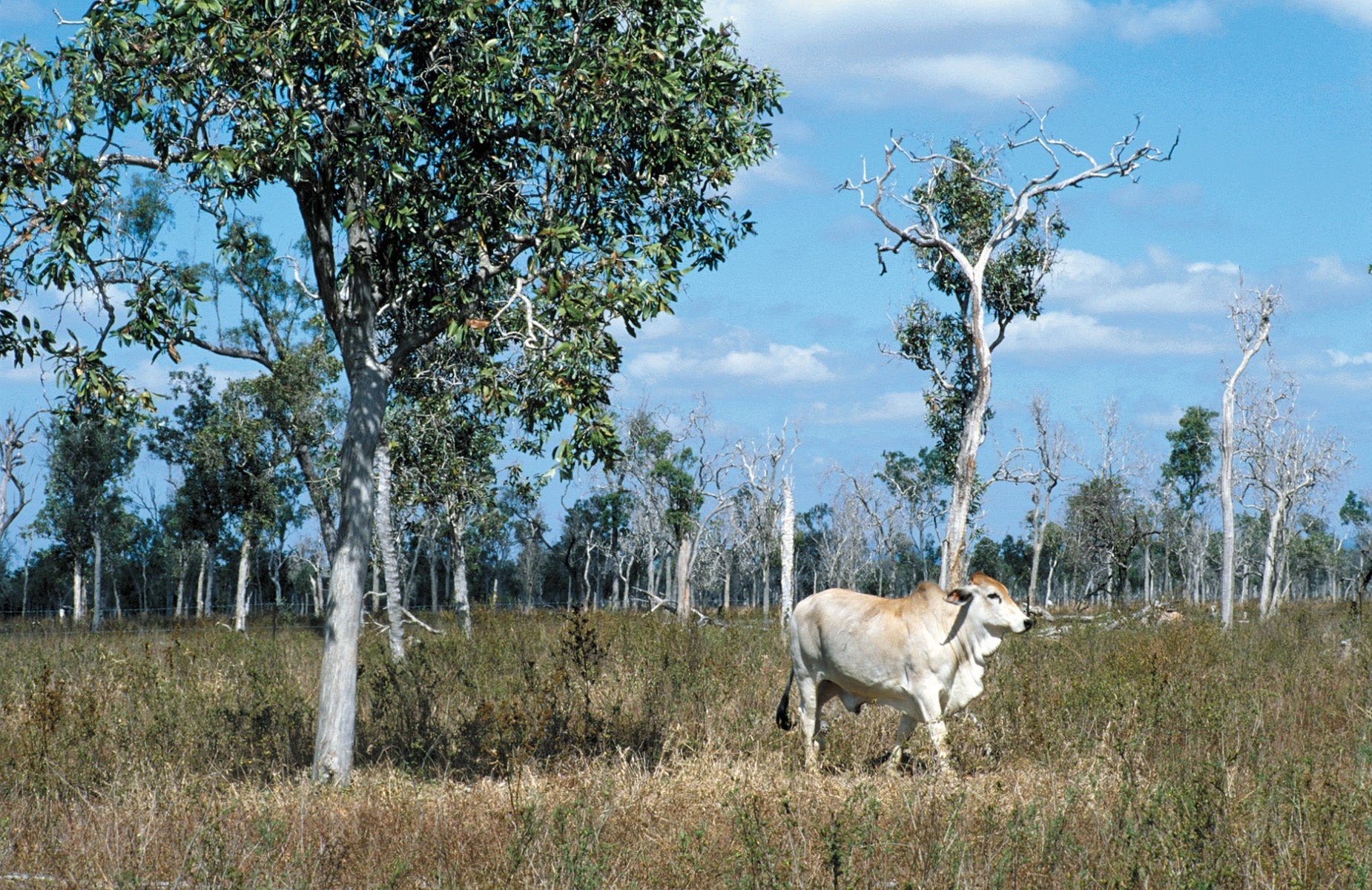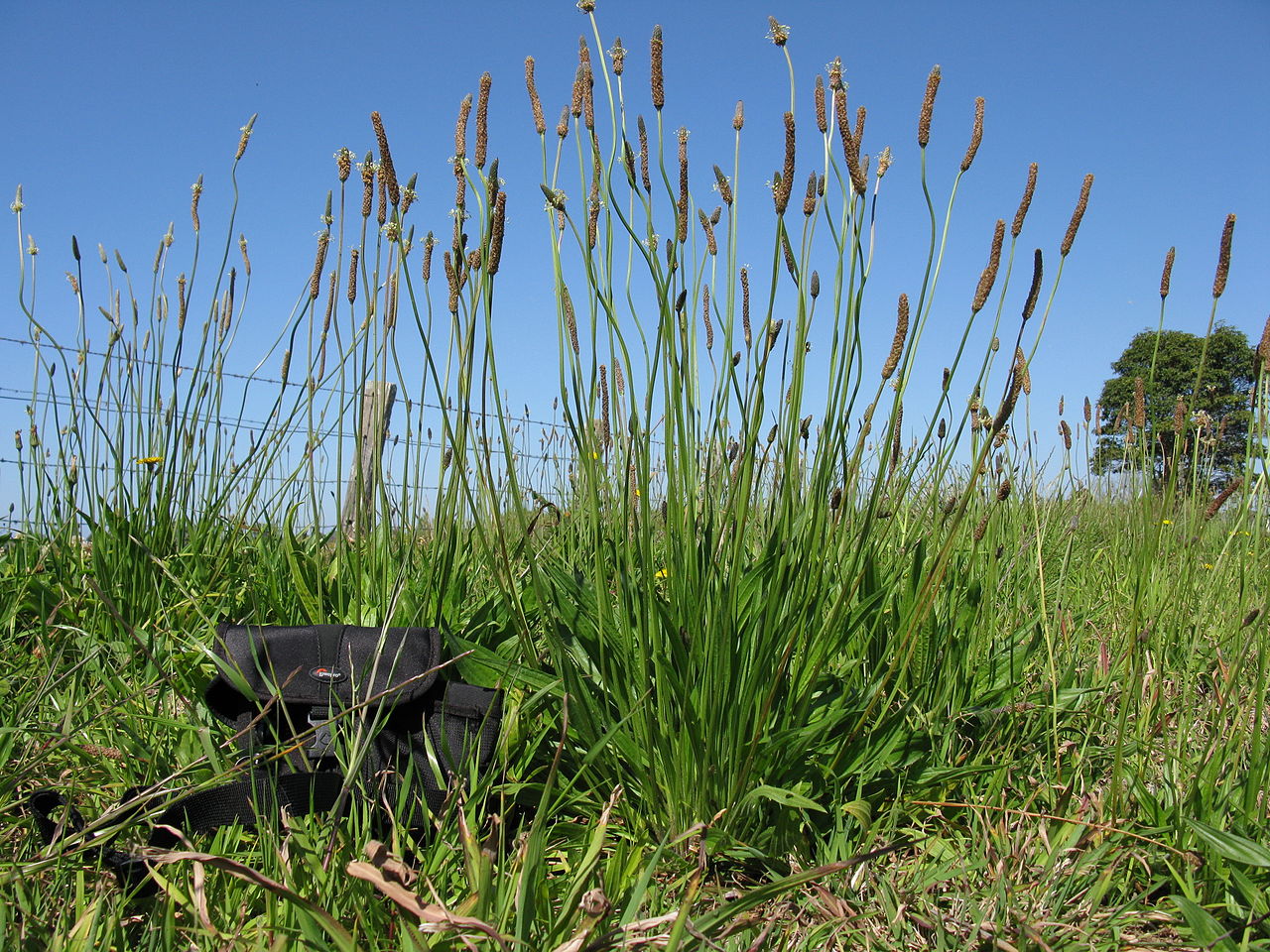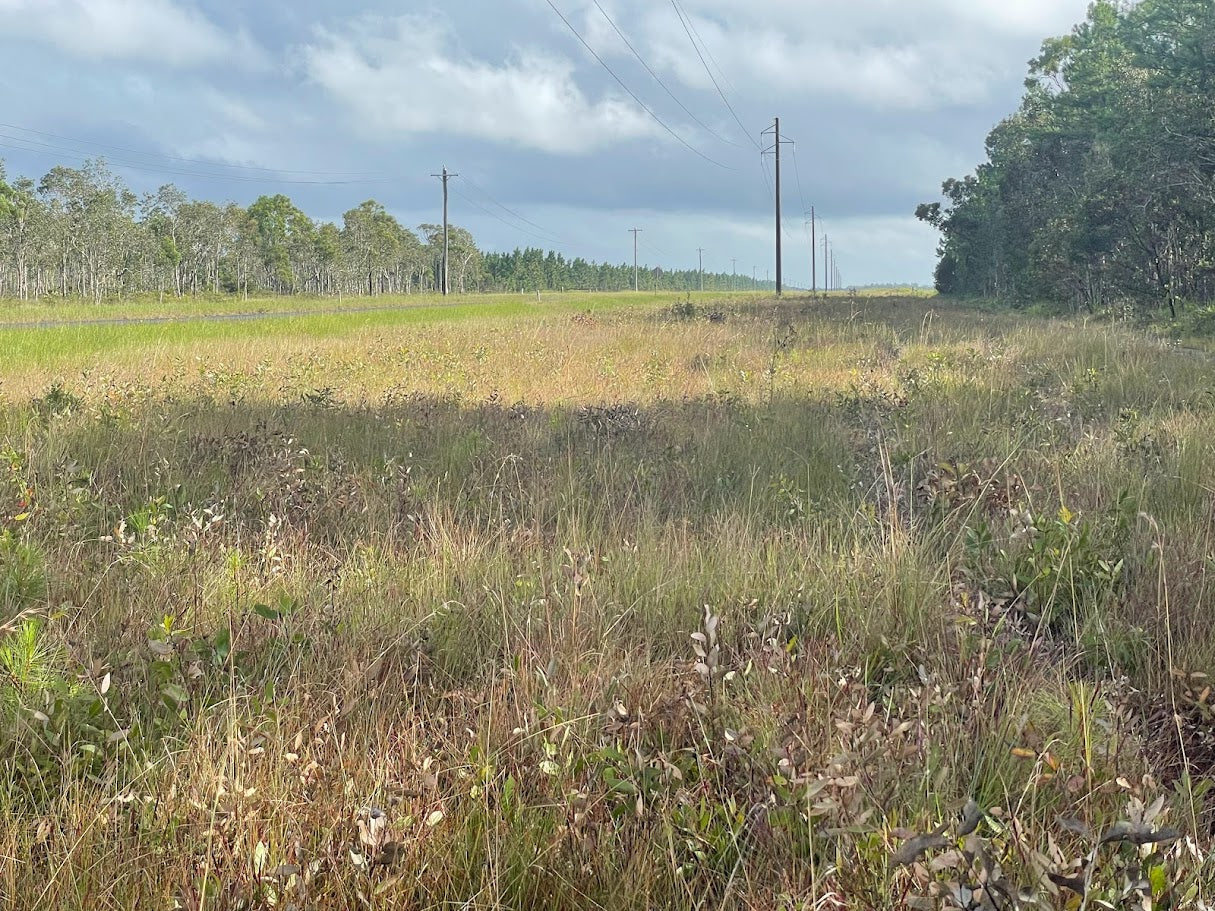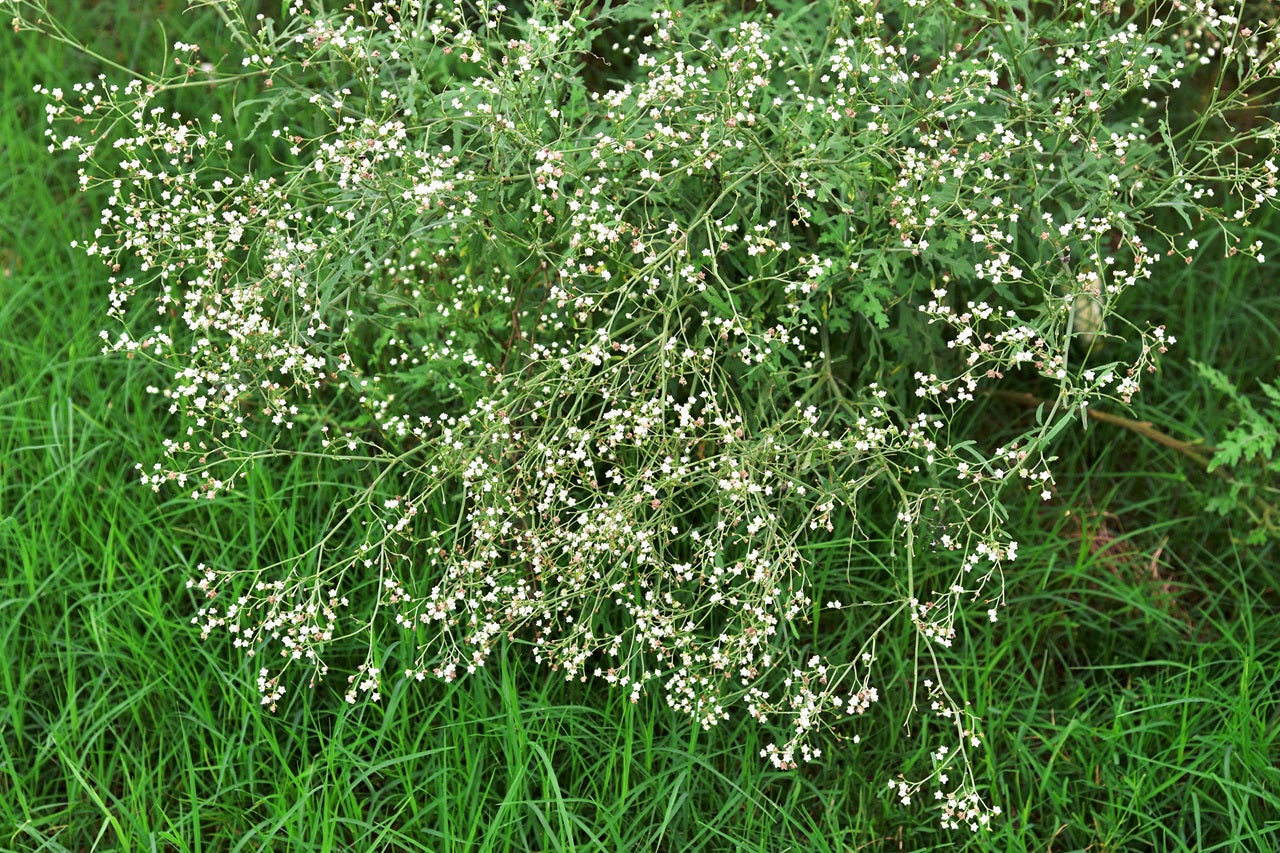
Herbicide Application Techniques in Australian Pastures
Herbicide Application Techniques in Australian Pasture Weed Management
Pasture weed management is vital for maintaining productive and healthy grazing lands in Australia. Weeds can significantly reduce the quality and quantity of forage available to livestock.
Effective herbicide application techniques are essential for controlling these unwanted plants while preserving desirable pasture species. In this article, we will delve into the herbicide application techniques commonly used in Australian pasture weed management, emphasising precision and sustainability.
Boom Spraying
Boom spraying involves the use of a boom fitted with multiple nozzles to evenly distribute herbicides across large pasture areas.
Advantages:
- Efficient for treating extensive pastures.
- Adjustable boom height for precision.
- Minimises operator exposure to herbicides.
Disadvantages:
-Access limitations in challenging terrain/ isolated areas
-Requires careful calibration
-Presents some risk of drift if not managed carefully

Knapsack or Backpack Sprayers
Knapsack or backpack sprayers are portable and versatile, making them suitable for spot spraying and treating smaller pasture areas.
Advantages:
- Precise targeting of weeds and minimal risk of drift
- Ideal for treating isolated weed patches.
- Low cost and ease of use.
Disadvantages:
-Not efficient for treating large areas

Hand-Held Wipers
Hand-held wipers consist of a wicking system attached to a long handle, allowing for targeted herbicide application to individual weeds while avoiding desirable plants.
Advantages:
- Highly selective, minimising damage to pastures.
- Reduces herbicide drift.
- Effective for controlling taller weeds.
Disadvantages:
-Not efficient for treating large areas

Aerial Spraying
Aerial spraying involves the use of aircraft to disperse herbicides over large and often inaccessible pasture areas.
Advantages:
- Rapid coverage of vast pasture lands.
- Access to challenging terrain.
- Effective for controlling invasive species.
Disadvantages:
-Requires careful calibration
-Presents significant risk of drift if not managed carefully

ATV-Mounted Sprayers
All-terrain vehicle (ATV)-mounted sprayers are equipped with spray booms or nozzles and are suitable for treating pastures of varying sizes.
Advantages:
- Manoeuvrability in rugged terrain.
- Efficient for medium-sized pastures.
- Reduced operator fatigue.
Disadvantages:
- Trades off payload and efficiency of application for precision and mobility

Roller Applicators
Roller applicators consist of a drum or roller that is saturated with herbicide and pulled behind a vehicle. They are effective for controlling broadleaf weeds in pastures.
Advantages:
- Selective control of broadleaf weeds.
- Minimises spray drift.
- Suitable for larger pastures.
Disadvantages:
- Trades off payload and efficiency of application for precision and mobility

Controlled Droplet Application (CDA)
CDA technology generates uniform droplets of herbicide, ensuring precise application and minimal drift.
Advantages:
- High precision and reduced herbicide drift.
- Effective in windy conditions.
- Improved coverage of target weeds.
Disadvantages:
-Requires careful calibration

Grazing Management
Integrated grazing management involves strategically managing livestock to graze and trample weeds while avoiding overgrazing desirable pasture species.
Advantages:
- Natural weed control.
- Minimises herbicide use.
- Sustainable pasture management.
Disadvantages:
-While careful grazing management should form a key part of any integrated pasture vegetation management plan it is unlikely to address all weed issues in isolation.
Effective weed management in Australian pastures is crucial for maintaining the productivity and sustainability of grazing lands. The choice of herbicide application technique depends on factors such as pasture size, weed species, and environmental considerations. By employing these diverse techniques appropriately, pasture managers can effectively control weeds while preserving the health and productivity of desirable pasture species, contributing to sustainable livestock farming practices in Australia.

Additional content
VIEW GWS' ADDITIONAL CONTENT TO LEARN MORE ABOUT THE WEED INDUSTRY

Water pH and the Performance of Weak Acid Herbicides
Weak-acid herbicides must remain in their non-ionised (acid) form to move efficiently through the plant cuticle. When spray water is too alkaline, the herbicide molecule becomes ionised.
Read more
Towards Modern Vegetation Management: Solutions for Australia’s Linear Infrastructure
Understanding the Changing Vegetation Challenge Vegetation management across Australia’s linear infrastructure corridors is becoming increasingly complex. Roads, rail corridors, gas pipelines, elec...
Read more
Case Study: Parthenium Weed Hygiene
Introduction: The Necessity of Weed Hygiene Management Australia’s vast expanses and diverse land uses, from grazing pastures and cropping zones to natural bushland and urban corridors are u...
Read more
